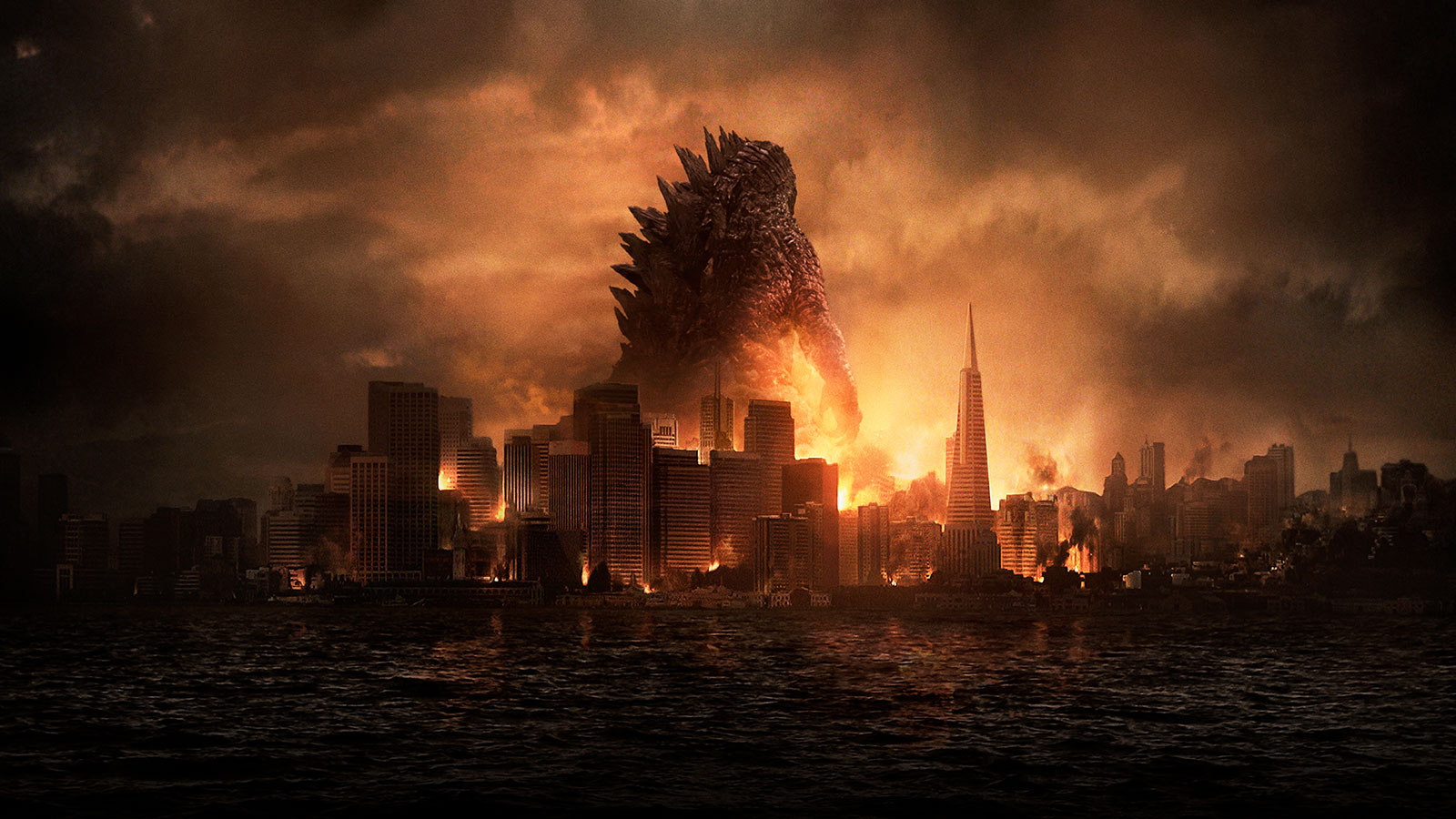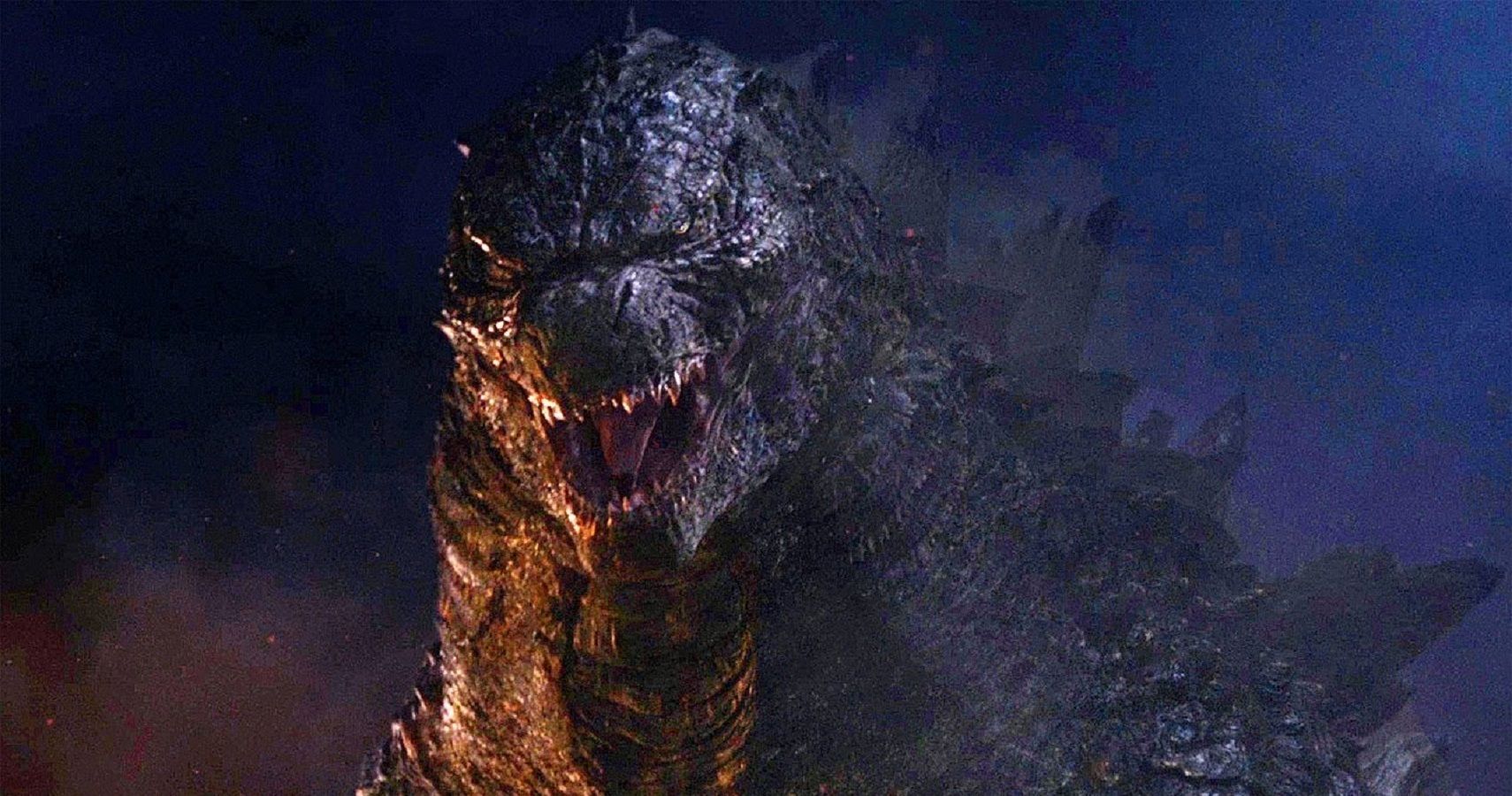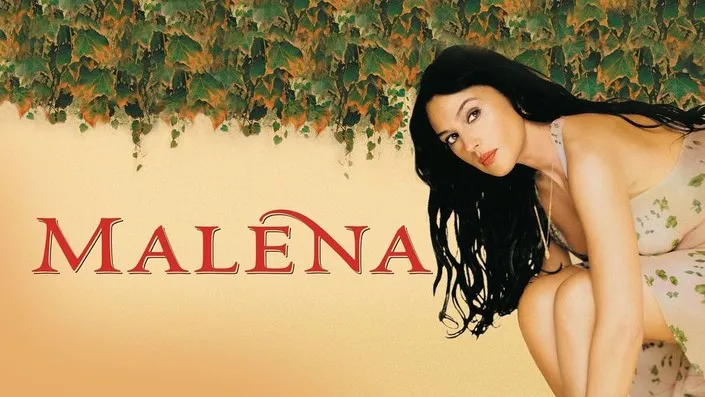Godzilla (2014) is a reboot of the iconic monster franchise, directed by Gareth Edwards. This film reintroduces Godzilla to a modern audience, blending breathtaking visual effects with a serious and respectful tone that honors the original 1954 Japanese classic while setting the stage for a new era in monster cinema.
The story begins with a mysterious event in the Philippines in 1999 involving a massive underground creature known as a MUTO (Massive Unidentified Terrestrial Organism). The creature’s activity leads to catastrophic destruction and prompts a series of investigations. The narrative then shifts to the United States, where scientist Joe Brody, played by Bryan Cranston, becomes obsessed with uncovering the truth behind these strange seismic events, particularly after a tragedy at a nuclear facility.
Years later, Joe’s son, Ford Brody (Aaron Taylor-Johnson), a military explosive ordnance disposal officer, returns home from deployment to assist with the ongoing crisis. As the MUTOs emerge and wreak havoc across the Pacific Northwest, the government scrambles to respond, but the scale of destruction overwhelms human efforts.

Amid this chaos, Godzilla appears — a colossal, ancient creature awakened by the disturbance. Unlike the MUTOs, Godzilla is portrayed as a force of nature, a guardian of balance rather than a mindless destroyer. The film’s narrative builds towards an epic confrontation between Godzilla and the MUTOs, symbolizing a primal struggle between ancient forces.
One of the film’s strengths is its atmospheric storytelling. Director Gareth Edwards uses slow builds, restrained glimpses of the monsters, and a strong emphasis on human drama to create tension and scale. Godzilla is not constantly on screen; instead, the audience feels its presence through environmental cues, sound design, and fleeting glimpses, which enhances the creature’s mystique and power.
The visual effects are stunning, combining CGI with practical effects to create realistic and imposing creatures. Godzilla’s design respects the original, featuring its iconic dorsal plates and powerful tail but updated with a modern, more realistic aesthetic. The MUTOs introduce a new threat with their insect-like appearance and agility, providing a fresh challenge for the titular monster.

The human characters, while sometimes secondary to the monster action, ground the story emotionally. Ford Brody’s journey is one of courage and responsibility, reflecting the human cost of these colossal battles. Bryan Cranston’s Joe Brody adds a personal urgency and scientific curiosity that drive much of the film’s plot.
Godzilla (2014) also explores themes of nature’s power and humanity’s hubris. The awakening of these ancient creatures serves as a reminder that nature cannot be controlled or ignored without consequences. The film balances spectacle with a message about respect for the natural world.

Upon its release, Godzilla (2014) was praised for revitalizing the franchise with seriousness and spectacle, appealing to both longtime fans and newcomers. It successfully set the foundation for the MonsterVerse, leading to sequels that expand on Godzilla’s mythology and introduce other legendary creatures like King Kong.
In conclusion, Godzilla (2014) is a powerful reboot that honors the legacy of the King of the Monsters while delivering modern cinematic thrills. Its blend of emotional storytelling, impressive visuals, and iconic monster battles makes it a standout film in the monster movie genre.
-1751966804-q80.webp)
-1752542478-q80.webp)

